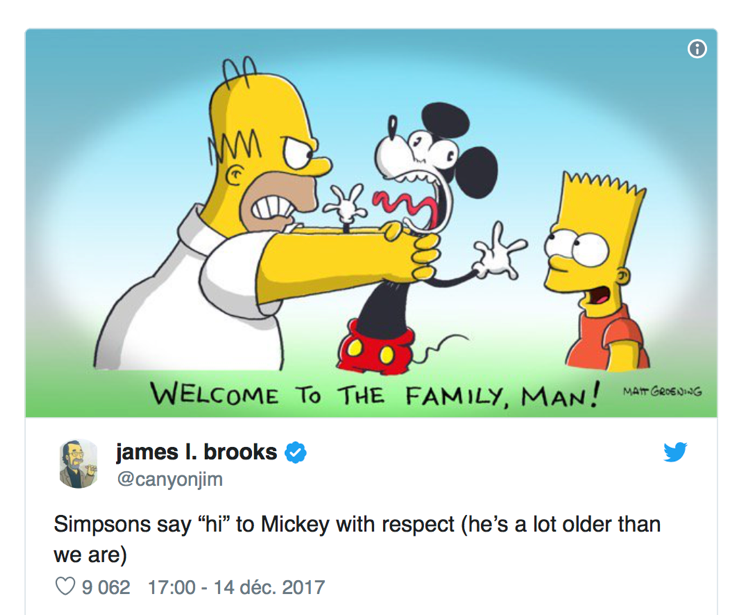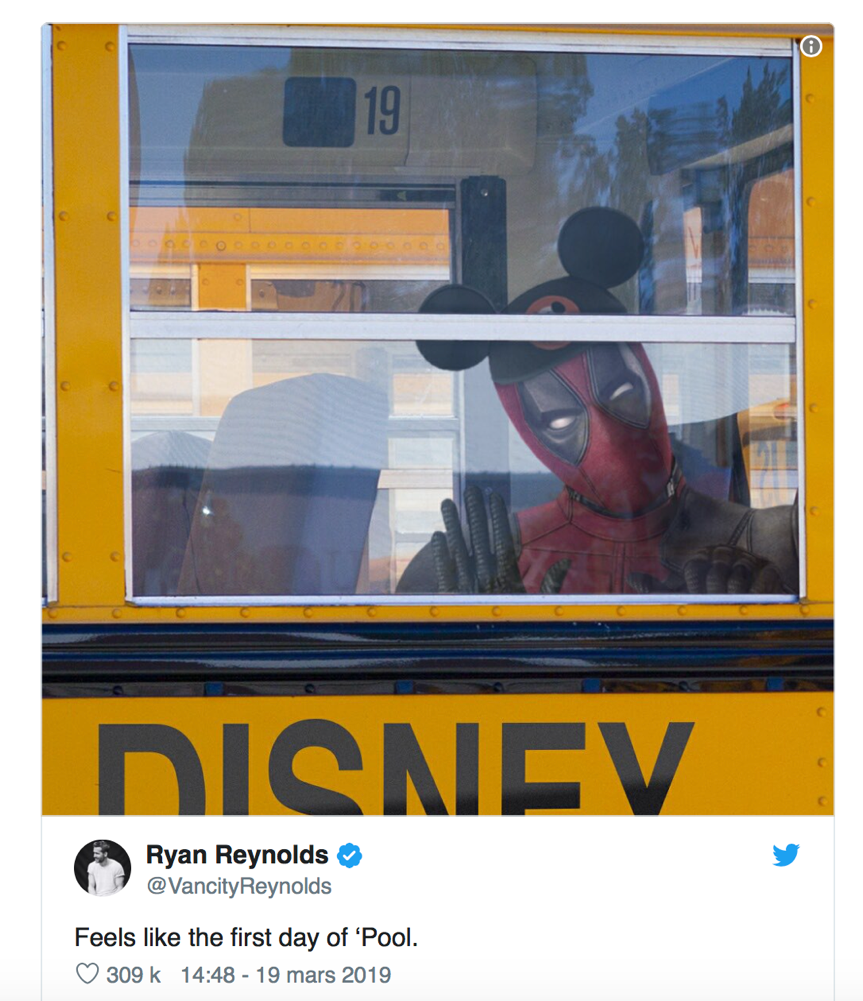In this blog, I will explain the advantages and the challenges faced in implementing Artificial Intelligence* in businesses, by taking a concrete example and making recommendations in order to make the implementation successful.

- Artificial Intelligence nowadays
In 2018, studies have shown that 41% of organizations have already started implementing AI in their core business, while the 59% remaining were still preparing for the change and trying to find the best strategy to incorporate it (Panetta, 2018).
As a definition for Artificial Intelligence, Y. Duan, J.S Edwards and Y.K. Dwivedi (2019) explain that it is “referred to as the ability of a machine to learn from experience, adjust to new inputs and perform human-like tasks”. For example, it can help to predict market trends, propose right words to use in a marketing newsletter, or even translate real-time conversations.
AI can have such different impacts and applications that we can surely find it useful in every organization today. However, it doesn’t mean that businesses should invest right away without thinking about how it can fit in their core organization.

Moreover, it is a controversial subject. According to Ginni Rometty, CEO of IBM, the AI technologies are “technologies to augment human intelligence…By and large we see a world where this is a partnership between man and machine, and this is in fact going to make us better” (Y. Duan, J.S Edwards and Y.K. Dwivedi). On the other side, we can quote Stephen Hawking dramatically saying that AI development will mark the end of the human race (Cellan-Jones, 2014). Also, Bill Gates said that “humans should be worried about the threat posed by AI” (Rawlinson, 2015).
Such famous and successful leaders still have doubts and opposite ideas about the development of Artificial Intelligence. This leads to think that all of us, as employees, are worried about it too, and this brings a lot of uncertainty about its implementation.
2. A concrete example: Orange Contact Center
I decided to focus on the industry of telecommunications by taking the example of a contact center of Orange, the leader of telecommunications in France.
One use of Artificial Intelligence called “Natural Language Processing”: it is a “technology that reads, understands and responds to conversational language” (B. Eubanks, 2019).

A company called Audeering focused on this technology and pushed it further: they developed a machine learning able to recognize in real time the emotions transmitted through voice (Audeering, 2019). It means that, by analyzing the tone, words, variations of the voice, the machine learning guesses which emotions the person feels.
I will explain now how an Orange
Contact Center could benefit from it but also which challenges the manager
would face when implementing it.
3. The advantages of the implementation
Several external and internal facts about Orange might justify the implementation of this technology into their contact centers. Using SWOT tool and a context analysis, I could find 4 main reasons:
- Orange has a high-quality / high-price positioning on the market.
- Many low-cost competitors are entering the market, so Orange needs to keep innovating.
- Due to social media, complaints from customers can become rapidly viral and impact the company’s reputation.
- Client satisfaction provides positive word of mouth which has a great influence when choosing an operator.

All of these observations lead to one conclusion: Orange needs to have a best-in-class after-service and this happens within their contact centers. This is where Audeering comes in play to improve customer satisfaction, therefore customer loyalty, and overall revenues and market share by:
- Increasing Orange’s customer satisfaction: if the agent is able to know exactly in which state the customer is at any time, then he can adapt the way he speaks, what he says, in order to best satisfy the client.
- Knowing exactly when a manager intervention is needed: if the machine learning shows a very high angry rate, then the manager knows he needs to interfere and take the call from the agent.
- Using the feelings of the client to assess the agent’s performance: there will be an assessment of each single call thanks to the AI technology. The manager will be able to know if the agent has satisfied the client, and therefore done a good job.
- Defining which agents need training and which training they need: now the training can be very specific for each feeling of the customers. For example, when the angry rate is that high, then you should react like that. If the happy rate is that high, then you can reinforce the relationship by acting like this etc.
4. Obstacles & Driving forces for the change
If an Orange Contact Center was to implement this technology, the main obstacle would be the readiness of the agents.
Indeed, most of the agents might not be aware of the need for change, they might not understand why this must be implemented while the overall company is doing well in the market. Moreover, the Artificial Intelligence might be perceived as a threat and go against the individual needs and wants. Furthermore, there is always a fear of technology in people and they might be scared that it could take over their job.

On the contrary, if a strong manager is leading the change, it can be a driving force for the implementation. Moreover, as Orange is leading the market in France, we can imagine that a big budget can be used for this project and can push it forward.
5. Recommended actions
First, as the restraining forces are mostly human beings, I would recommend the change to be incremental, done step-by-step and over a long period of time. There is no urgency to implement it, as Orange is a strong leader and is not highly threatened in the short term.
Secondly, I would recommend starting with a pilot site. It means taking one of its many contact centers in France and try it out. This allows for a mistake and Orange will be able to learn from it. Moreover, as most contact centers of Orange work the same way, have the same tasks, and might only variates in terms of size (number of agents), the result in this pilot site will likely apply to the others.
In this pilot site, there need to be a strong and trusted leader to lead the change. As I said before, the main obstacle is agents’ acceptance of the technology. Therefore, the manager needs to be inspirational, trusted and respected by employees. He needs to show that he cares about them and that the machine learning is not there to take their place, but to enhance their capacities, to make them better at what they do, and to have a positive impact on the overall company.
In order to be successful, the manager should probably use an education and delegation style. It refers to using small groups of agents in order to better explain and discuss the change. It would enhance the understanding of the Artificial Intelligence and the acceptance of this new technology in order to overcome the challenges explained above.
After the implementation, the manager should first look at the outcome in terms of behaviors and attitudes of the agents. This is the most important part and they need to have accepted the AI technology and talk about it in a positive way. When this is done, then the manager can look at the actual outputs of the implementation: did the client satisfaction increase since the beginning of the change? Did the machine learning allow to focus employees’ training on particular pain points?
As Artificial Intelligence is developing
more and more, and as Orange is such a big and successful company, I am sure
that they have been thinking about its implementation for years now and it will
soon reach all their contact centers.
*Referenced as AI in the rest of the blog.
References:
ABC Bourse. (2019) Profil Société Orange. [Online]. Available at: https://www.abcbourse.com/analyses/chiffres.aspx?s=ORAp
Audeering, (2019). Audeering. [Online]. Available at: https://www.audeering.com/
Billot. J.“La confiance, clé du développement des usages entre l’opérateur mobile et ses clients ». Retrieved from : https://www.lajauneetlarouge.com/la-confiance-cle-du-developpement-des-usages-entre-loperateur-mobile-et-ses-clients/
Cellan-Jones, R. (2014). Stephen Hawking warns artificial intelligence could end mankind. Retrieved from: https://www.bbc.co.uk/news/technology-30290540
Duan Y., Edwards J.S and Dwivedi Y.K. (2019). “Artificial intelligence for decision making in the era of Big Data – evolution, challenges and research agenda.”, International Journal of Information Management, 48, pp 63-71.
Orange Business Services.(2019). Le Groupe Orange, un leader Mondial. [Online]. Available at : https://www.orange-business.com/fr/reussir-avec-nous/orange-leader-mondial
Panetta, K. (2018). Gartner top 10 strategic technology trends for 2018. Retrieved from: https://www.gartner.com/smarterwithgartner/gartner-top-10-strategictechnology-trends-for-2018/
Rawlinson, K. (2015). Microsoft’s Bill Gates insists AI is a threat. Retrieved from: https://www.bbc.co.uk/news/31047780
Tata Consultancy Services. (2017). Artificial Intelligence to Have Dramatic Impact on Business by 2020. Retrieved from: https://www.tcs.com/artificial-intelligence-to-have-dramatic-impact-on-business-by-2020
Uzialko, A.C. (2017). AI comes to work: how artificial intelligence transform business. Retrieved from: https://www.businessnewsdaily.com/9402-artificial-intelligence-business-trends.html


